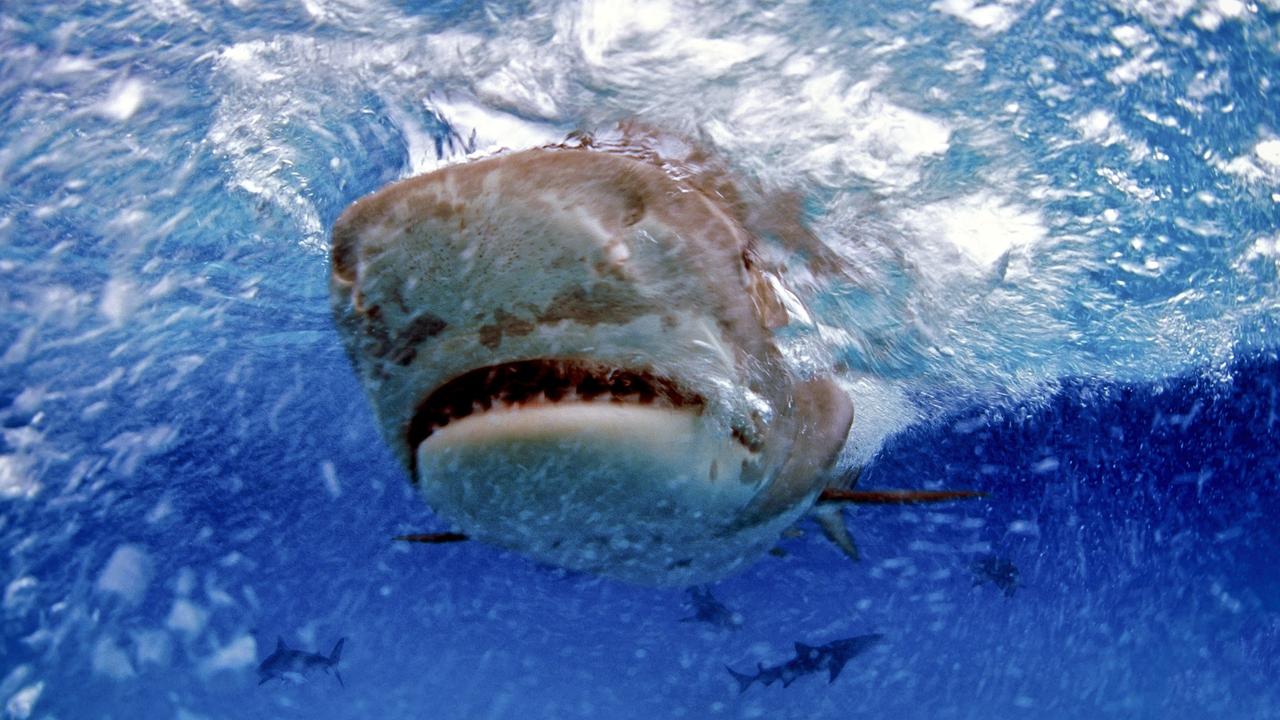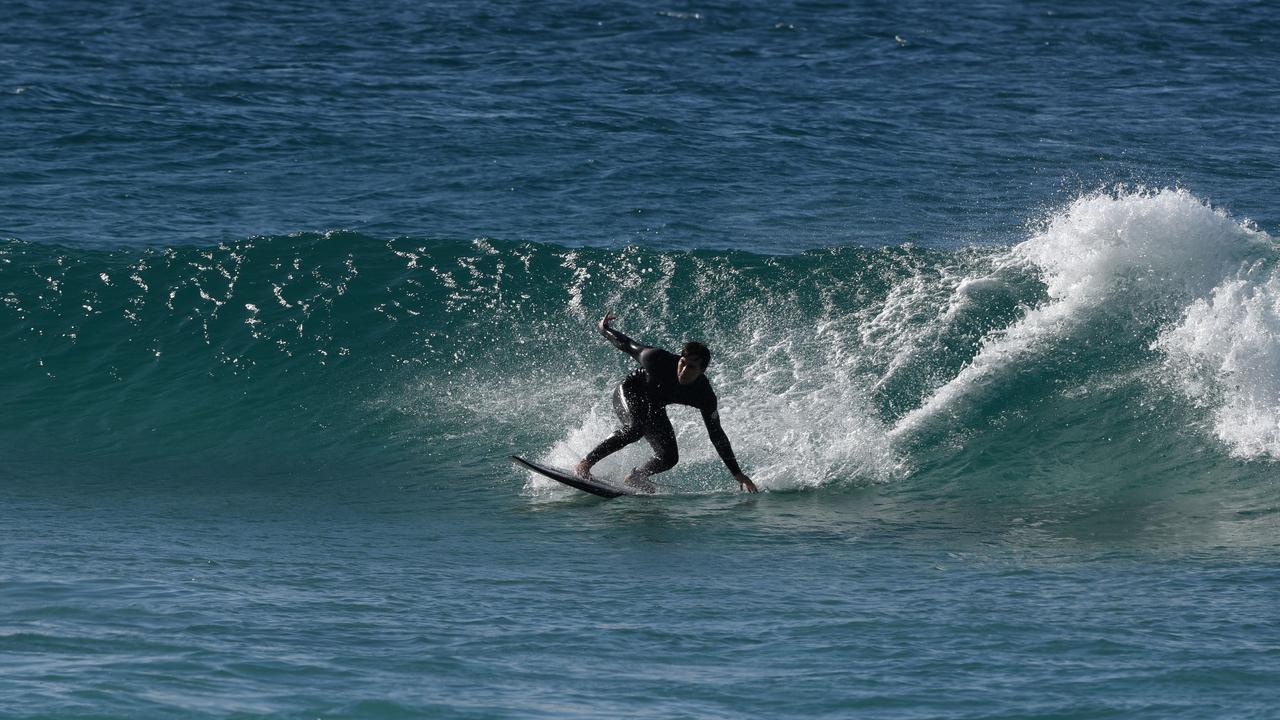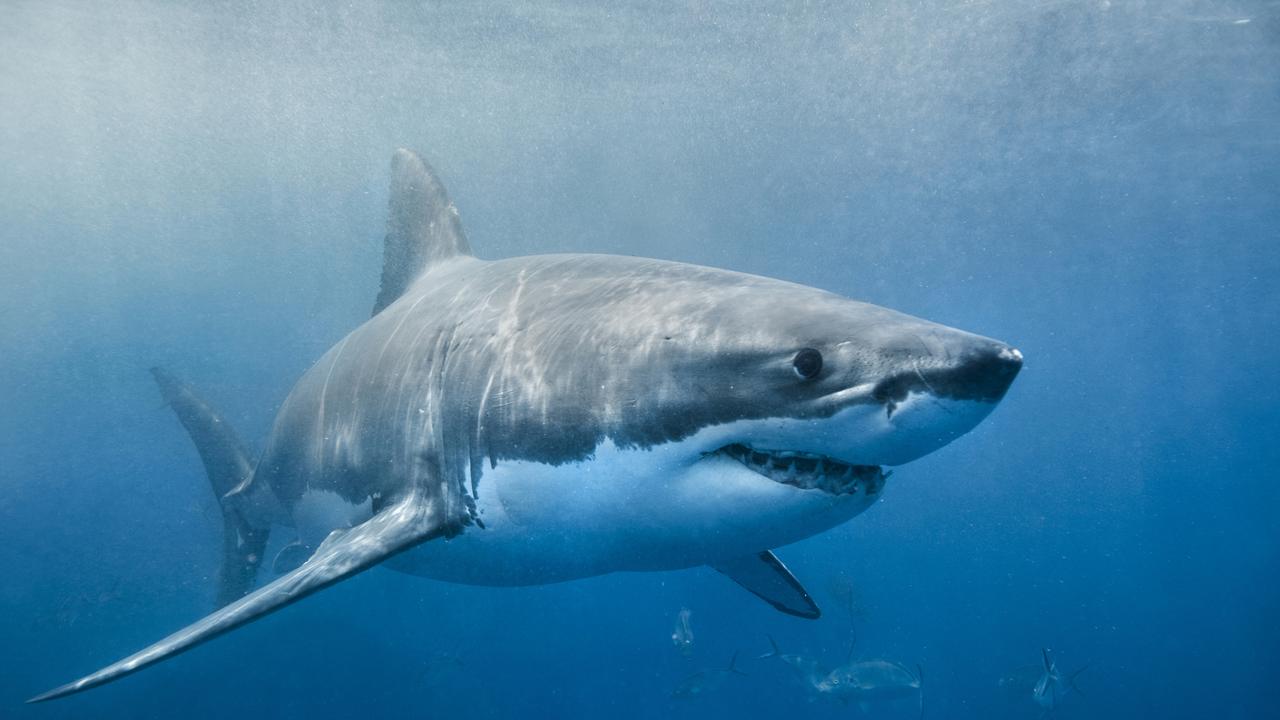There’s been an increase in shark attacks across the country – here’s why
The number of shark attacks has been steadily increasing over the last 10 years, with scientists putting it down to a number of factors, including climate change.
An increasing number of people swimming in the ocean and climate change have contributed to a spate in shark attacks over the last decade.
“There has been a long term … increase in the number of unprovoked shark bites occurring, particularly on surfers,” Bond University Associate Professor and shark researcher Dr Daryl McPhee told NewsWire.
While the long-term increase in shark attacks has been easy to track, Dr McPhee said “interpreting shorter term trends is more difficult”.
Despite this marked increase in shark attacks, finding exactly what is driving it is also tougher to track down.
However, Dr McPhee has a few explanations.

“The long term increase is influenced by an increase in people in the water,” he said, though the “risk of an unprovoked shark bite remains extremely low”.
“Swimmers are much more likely to drown at a surf beach than be killed by a shark,” Dr McPhee continued.
“Such statistics, though, are little comfort for the friends and family of the victim.”
Last week, 17-year-old Charlize Zmuda, was swimming a mere 100m off the shore near Bribie Island in Queensland when she was attacked by a shark, suffering critical injuries to her upper body and arm.
The teenager, who was co-captain of the Bribie Island Surf Life Saving Club, is believed to have been swimming with friends at the beach at the time, and was known to swim at the spot every morning.
“She loved the beach and it truly was her happiest place on earth,” a statement from her family read.


Her tragic death comes a month after that of 28-year-old Lance Appleby, who was killed in a shark attack while surfing off the coast of Streaky Bay on the Eyre Peninsula in South Australia.
In late January, 37-year-old Dale Kittow made a lucky escape after a three-metre bronze whaler took a chunk out of his surfboard while riding waves on Cheynes Beach in Western Australia.
A woman made a lucky escape at the same beach a year before after a shark bit into her surf ski and knocked her into the water.
Thankfully, she was unharmed.

It’s not uncommon to have multiple shark sightings and attacks in the same location over a short period of time, Dr McPhee said.
“We’ve seen it in other places in northern NSW, WA, SA and South Africa,” Dr McPhee said on the Bond University website.
“When the conditions are right, when sharks are present and feeding adjacent to areas where people are using the water, that’s when you might get a clusters of bites.”
While swimmers and surfers are more likely to drown in the water than get attacked by a shark, Dr McPhee said swimmers should “avoid locations where there are concentrations of bait fish such as pilchards which attract other fish and then sharks”.
Alarmingly, he said there was “no one specific location that should be avoided”, as “large sharks actively move around a large geographic area looking for food”.
Sharks can be found at “virtually any beach when significant food sources are there”, Dr McPhee told NewsWire.
“However, most of the time sharks are absent.”

It’s not just the hunger pains that keep large sharks from coming back – climate change also plays a significant role.
“Climate change will impact different sharks species in different ways,” Dr McPhee said.
As water temperatures rise along the coast, specifically around the Greater Sydney region, bull sharks have had to expand their search for food, moving further south of Sydney and down the coast.
There’s also been an increase in prey in the area, such as humpback whales, which has further driven the increase in shark sightings and attacks.
Because it can be so hard to know when sharks are present, Dr McPhee said swimmers “should avoid murky water and think again before swimming adjacent to river mouths after rainfall”.
Swimming between the flags is another way to keep clear of the shark’s radar.
It’s also best to avoid heading into the water in the “late afternoon period”, as this is when sharks are more likely to get hungry and look for a feed.
Originally published as There’s been an increase in shark attacks across the country – here’s why


